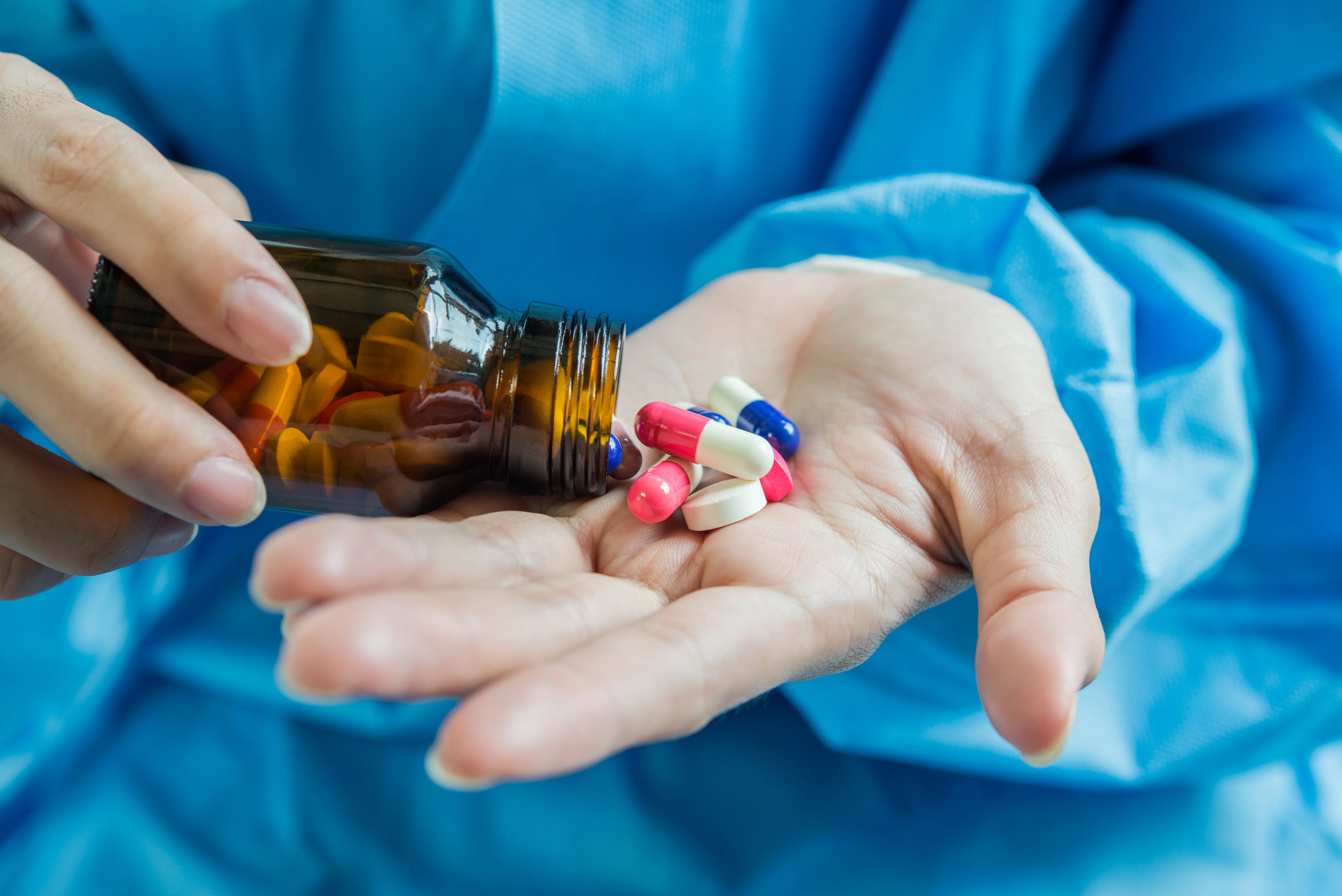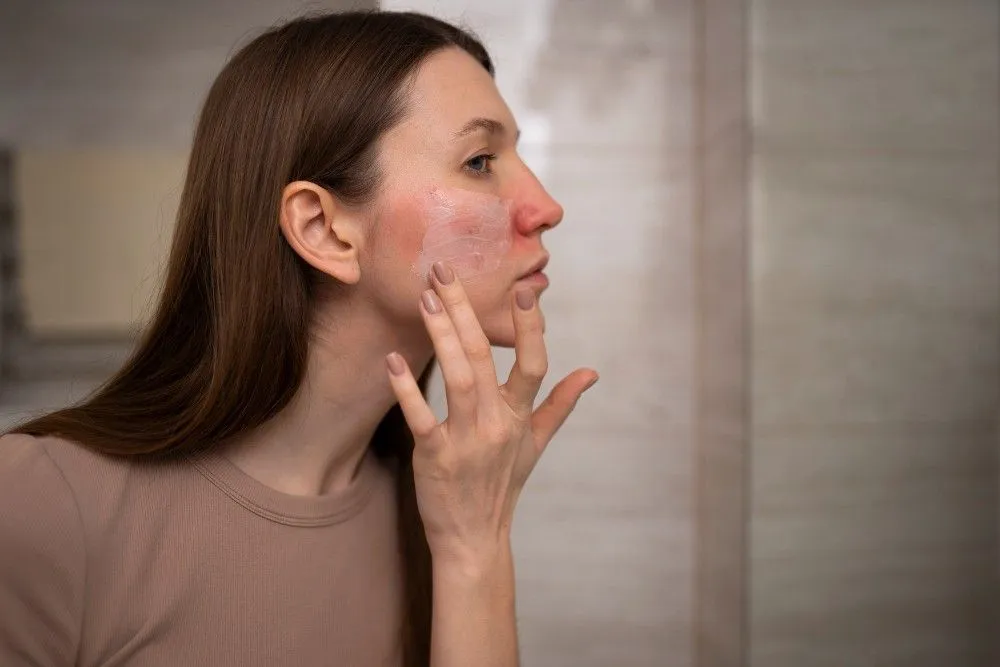Penile yeast infection causes itching, redness, and discharge. It’s common in men with poor hygiene, diabetes, or weak immunity. Antifungal creams and prevention steps resolve symptoms. |
Here’s a thought, what happens when something small creates big discomfort? That’s what a penile yeast infection does. It isn’t usually life-threatening, yet it disrupts routines, intimacy, and confidence.
Men rarely discuss it, but it’s more common than most expect. Honestly, silence often makes it worse. Yeast infections in men happen when Candida fungi grow unchecked. The good news? With the right care, they’re treatable and preventable. But ignoring them can lead to bigger problems.
What is a Penile Yeast Infection (Candida Balanitis)?
A penile yeast infection, also known as candida balanitis or sometimes male candidiasis, occurs when Candida albicans overgrows on the penis. This fungus already lives on the skin, but when the balance tips, irritation starts. It usually affects the head of the penis and foreskin, leading to swelling, redness, or even discharge.
Look, some people think only uncircumcised men deal with it. Surveys indicate a majority belief among millennials that circumcision prevents it completely. That’s not true. While the foreskin may trap moisture, infections can happen to anyone. Lifestyle, hygiene, and immune health often matter more.
Among penile prosthesis infections, 12% are fungal, mainly Candida species, with diabetes and obesity being key risk factors. Why? Because Candida thrives in warmth and sugar-rich environments. The condition can be confusing, too. Some men confuse it with thrush in men, which is essentially the same fungal infection, just a different name. Either way, catching it early makes treatment easier.
Causes of Penile Yeast Infection in Men
Behind every infection lies a mix of causes. A weak immune system, high blood sugar, tight underwear, or even long-term antibiotics can all open the door.
Health-related factors: Diabetes makes men more vulnerable since excess sugar in urine feeds yeast. Medications that lower immunity also raise risk.
Hygiene habits: Skipping proper cleaning or staying in sweaty clothes after workouts gives yeast the moist setting it needs.
External triggers: Sexual contact with a partner who has vaginal candidiasis is one route, but it’s not the only one.
Candida doesn’t care where it grows, as long as the conditions are right. Think humid locker rooms, damp towels, or sweaty underwear. In uncircumcised men, the foreskin traps heat and moisture, which is ideal for yeast. Antibiotics are another quiet culprit since they kill protective bacteria, letting candida spread unchecked.
So, the story isn’t just about sex. Causes of penile yeast infection often lie in daily habits and underlying health.
Symptoms of Penile Yeast Infection You Shouldn’t Ignore
Now let’s talk about the part men don’t want to admit, symptoms. Some cases stay silent, but most don’t. Once infection sets in, the body makes sure you notice.
Symptoms of penile yeast infection often include:
Itching or burning around the head of the penis
White, clumpy discharge with an odd smell
Red patches, shiny skin, or small bumps
Pain when urinating or having sex
For uncircumcised men, things can get worse. The foreskin may swell, tighten, or even crack. In severe cases, pus-filled spots form. The tricky part is how easily this can be mistaken for an STI. Chlamydia or gonorrhea cause discharge too, but their color and texture differ. Without a doctor’s check, it’s easy to misjudge.
Left untreated, yeast infections progress into balanoposthitis, where both the foreskin and head are inflamed. That makes everyday movement uncomfortable, not just intimacy.
How Doctors Diagnose a Penile Yeast Infection
Doctors don’t need weeks to figure it out. Diagnosis is straightforward, though sometimes extra tests confirm it.
The process starts with discussing medical history and symptoms. Then comes a physical check for redness, sores, or discharge. Penile swabs are used to confirm Candida if necessary. Urine tests may be performed by doctors to screen for diabetes in recurrent cases.
The fact that symptoms of a yeast infection in men can mimic those of other conditions makes diagnosis crucial. When it is misdiagnosed as bacterial or viral, needless antibiotics are prescribed, exacerbating candida. A precise diagnosis guarantees that the cause and the treatment are the same. Additionally, if infections recur, medical professionals look into immune disorders or diabetes, which are hidden conditions.
Best Options for Penile Yeast Infection Treatment
The severity determines the course of treatment. While some situations can be resolved with home remedies, others require prescription drugs.
1. Natural and Home Treatments for Male Yeast Infections
Mild infections can be treated at home. Consuming probiotic foods, such as yoghurt, aids in re-establishing a healthy bacterial balance. Some men experiment with garlic supplements or apple cider vinegar, but always dilute them. These techniques are classified as natural treatments for male yeast infections.
Although they can aid in recovery, they cannot take the place of medical care. Additionally, they frequently aid in the quicker resolution of symptoms when combined with proper hygiene.
2. Medical Treatments and Antifungal Medications
Most men recover with antifungal cream for men, such as clotrimazole or miconazole. These creams are applied for one to two weeks. More severe infections may call for oral fluconazole.
Treatment Type | Examples | Duration | Notes |
Topical creams | Clotrimazole, Miconazole | 7–14 days | Applied directly to penis |
Oral medication | Fluconazole | Single or repeated doses | For stubborn cases |
Supportive care | Hydrocortisone cream | Few days | Used for swelling |
Consistency matters. Skipping applications prolongs infection. And if things don’t improve after two weeks, a medical reassessment is necessary.
Best Prevention Tips for Avoiding Penile Yeast Infections
Prevention is simple. Keep things dry, keep them clean, and avoid irritation.
Wash the penis daily using mild soap or warm water. Dry thoroughly before dressing. Loose, cotton underwear allows airflow and reduces moisture. Avoid perfumed shower gels or harsh cleansers; they irritate skin and encourage yeast. If a partner has candidiasis, protection helps reduce cross-infection.
For men with diabetes, keeping blood sugar under control is key. Since yeast thrives on sugar, regulation lowers infection risk. Antibiotics should also be used responsibly, only under a doctor guidance.
So prevention isn’t about doing more, it’s about doing the basics consistently.
Complications of Untreated Penile Yeast Infections
Ignoring symptoms is not innocuous. Candida can eventually lead to chronic issues.
Foreskin tightening (phimosis) brought on by an untreated balanitis yeast infection can make retraction uncomfortable. It may cause the urethral opening to narrow, making urination challenging. Chronic prostatitis, in which the prostate gland remains inflamed, can result from it in certain situations. Balanitis xerotica obliterans is a more serious consequence that causes skin changes and scarring.
Rarely, chronic infections can mimic more serious illnesses, which is why biopsies are performed to rule out cancer.
When to Consult a Physician About a Penile Yeast Infection
Although not always, mild infections may go away with creams or at-home care. When symptoms worsen after self-treatment, medical assistance is required.
Intimacy and urination are hindered by pain.
Recurrent infections
You can't tell if it's yeast or something else.
By confirming the cause, a doctor prevents needless trial and error. Ignoring recurring infections could reveal more serious health issues.
Conclusion
A penile yeast infection is treatable, preventable, and far more common than men admit. The symptoms of penile yeast infection, redness, itching, and discharge, shouldn’t be ignored. Quick action with antifungal creams or oral medication solves most cases.
Natural remedies can support recovery, but professional diagnosis avoids confusion with STIs. Prevention means keeping the area clean, dry, and free from irritation. When untreated, complications arise, making early attention the smarter path.
वारंवार विचारले
Can penile yeast infections spread beyond the penis?
Yes, untreated candida can spread to moist skin folds, including underarms or groin. Treating quickly prevents this.
Are only uncircumcised men at risk?
No. Circumcised men can also develop yeast infections if hygiene or health conditions allow candida growth.
How quickly do antifungal creams work?
Relief usually begins in three to five days. Full recovery often takes up to two weeks
Can repeat yeast infections indicate diabetes?
Yes. Persistent penile yeast infection may be an early sign of uncontrolled blood sugar.
Is sex safe during an infection?
It’s best avoided. Friction worsens irritation, and infection may pass to a partner.
-User-1754380331.png)
लिहिलेले







